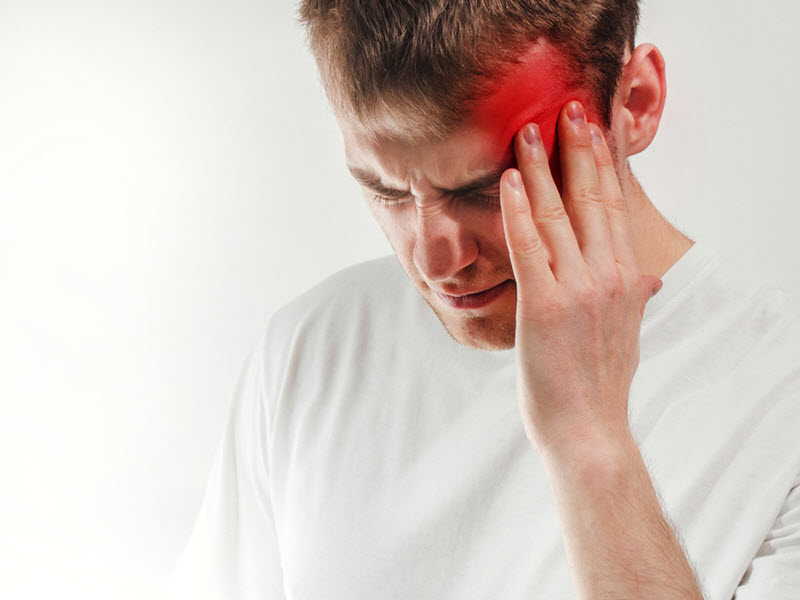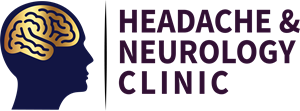Migraines
Understanding and Managing the Debilitating Headache Disorder
Migraines are not just ordinary headaches; they are a complex neurological disorder that can significantly impact a person’s quality of life. Characterized by severe, throbbing pain, often accompanied by other symptoms, migraines affect millions of people worldwide. In this comprehensive guide, we will explore the causes, symptoms, triggers, and effective management strategies for migraines.


Understanding Migraine Symptoms
Migraines can manifest in various ways, but the primary symptom is an intense, pulsating headache that is often one-sided. Alongside the headache, individuals may experience nausea, vomiting, sensitivity to light and sound, visual disturbances (such as aura), and even neurological symptoms like tingling or difficulty speaking.
Identifying Migraine Triggers
Migraines can be triggered by numerous factors that vary from person to person. Common triggers include stress, hormonal changes, certain foods (such as aged cheese or chocolate), caffeine, changes in sleep patterns, environmental factors, strong odors, and specific medications. Identifying individual triggers can help in preventing future migraine attacks.


Diagnosis and Seeking Professional Help
If you suspect you are experiencing migraines, it is crucial to seek professional medical advice. A neurologist or headache specialist can accurately diagnose migraines by assessing your medical history, conducting a physical examination, and ruling out other potential causes of your symptoms. Keeping a headache diary to track the frequency, duration, and triggers of your migraines can be helpful in the diagnostic process.
Treatment Options and Management Strategies
While there is no known cure for migraines, several treatment options and management strategies can help alleviate symptoms and improve the overall quality of life for migraine sufferers. These may include:
- 1Medications
Acute medications to relieve the pain during an attack (such as triptans or nonsteroidal anti-inflammatory drugs) and preventive medications taken regularly to reduce the frequency and severity of migraines. - 2Lifestyle Modifications
Identifying and avoiding triggers, maintaining a consistent sleep schedule, managing stress through relaxation techniques, regular exercise, and adopting a healthy diet can help manage migraines. - 3Biofeedback and Relaxation Techniques
Techniques such as biofeedback, meditation, deep breathing exercises, and progressive muscle relaxation can assist in reducing migraine frequency and intensity. - 4Botox Injections
In certain cases, Botox injections may be recommended for chronic migraines that do not respond well to other treatments. These injections help prevent the release of chemicals involved in pain transmission. - 5Alternative Therapies
Some individuals find relief through complementary and alternative therapies like acupuncture, chiropractic care, herbal supplements, or mind-body practices. It is important to discuss these options with your healthcare provider. - 6
Supplements
For migraine prevention supplements including riboflavin, magnesium and co-enzyme Q10 can be used. Please discuss with your neurologist.
Living with Migraines
Living with migraines can be challenging, but it is possible to take control and minimize their impact. Understanding your triggers, following a personalized treatment plan, and developing effective coping mechanisms can empower you to lead a fulfilling life despite the challenges presented by migraines.


